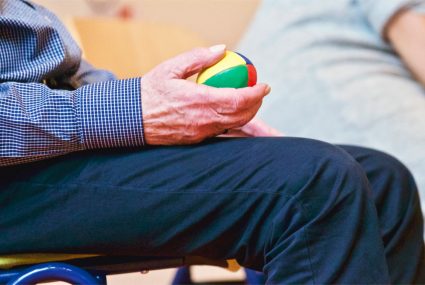You may have heard of bed sores before, but might not know exactly what they are. They’re also known as pressure ulcers and they develop when there is too much pressure on a point of the skin. Bed sores are common in people with limited mobility or are bedridden, as they may not be able to easily shift positions on their own. They’re most commonly found on the shoulder blades, tailbone, elbows, heels, and hips. While they might not seem like a big deal at first, they can lead to infections such as meningitis, cellulitis, and endocarditis.
Prevention for Bed Sores
Of course, the easiest method for dealing with bed sores is to prevent them in the first place. Thankfully, there are a few easy things you can do to ensure your loved one stays healthy and free from bedsores.
Change positions
Bedsores occur when someone stays in the same position for too long, which puts pressure on the skin. To reduce the risk of bedsores, it’s important to change positions regularly. It’s recommended to shift positions every couple of hours or so. If your loved one is unable to change positions on their own, make sure you give them a hand or have someone close by who can assist them to move regularly.
Keep skin happy
Another way to prevent bedsores is to keep the skin clean and dry. If your loved one can’t make it into the bath or shower on their own, they can keep clean by bathing in bed. Simply use a soft washcloth with warm water and mild soap to gently wash the skin. Make sure they know to pat the skin dry with a towel as they go along. If they can’t do this entirely on their own, make sure they have someone to give them a hand with hard to reach spots. The key is to be gentle – too much pressure can further irritate the skin.
Use extra support
Hard surfaces can irritate the skin, so it’s important to make sure your loved one has a comfortable place to rest that has enough support while still being gentle on the skin. Ensure they have a proper bed and mattress, perhaps with a mattress pad. Extra pillows are a great idea too. They should be placed in pressure sensitive areas such as under the tailbone, shoulders, heels, and elbows. Placing a pillow between the knees and ankles is recommended for when they’re lying on their side.
Keep moving
Shifting positions is great, but it’s always a good idea to incorporate a little exercise into your loved one’s day as well. While traditional workouts might not be possible for those who have limited mobility, a few easy movements in bed can do the trick.
Treatment for Bed Sores
If bedsores do develop, prompt treatment is important. The first step is to clean and dress the bedsore. If the skin isn’t broken, you can wash it with a gentle cleanser, pat it dry, and then apply a clean bandage. If the skin is broken, you may need to flush it with water or cut out any damaged tissue before you apply a clean bandage. If you’re not sure how bad a bedsore is, it’s always a good idea to see a doctor, as it’s important for them to monitor for signs of infection.
BriaCare™
For those who need specialized care, BriaCare™ is offered at two of our residences: Magnolia Gardens and The Waterford. With BriaCare™, our residents receive 24-hour care licensed Registered Nurses and Care Aides. Our staff provide personalized care to each resident, always with a compassionate touch.
Our staff is there to check in with residents regularly to ensure they are comfortable and have everything they need. For residents with mobility issues, this means taking measures to prevent bedsores, such as providing assistance with shifting positions during the day, bathing, and working with residents on gentle stretching and exercises. If bedsores do develop, our staff is able to monitor the condition and treat the skin to prevent infection. BriaCare™ is a great option to provide peace of mind for those whose loved ones need extra care.

Comments